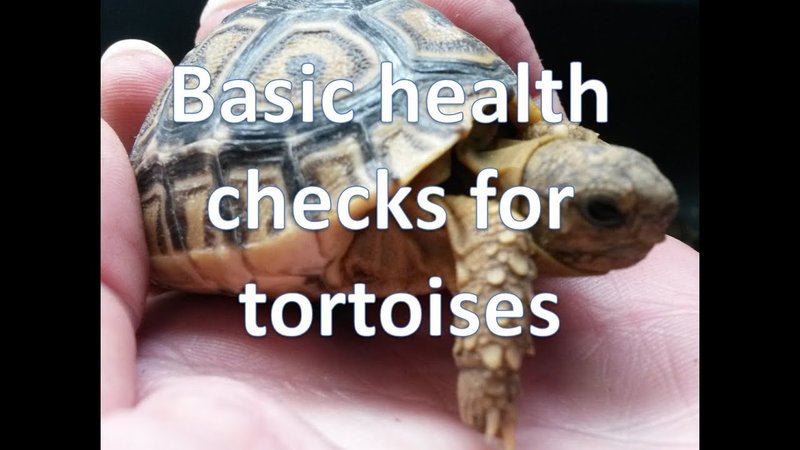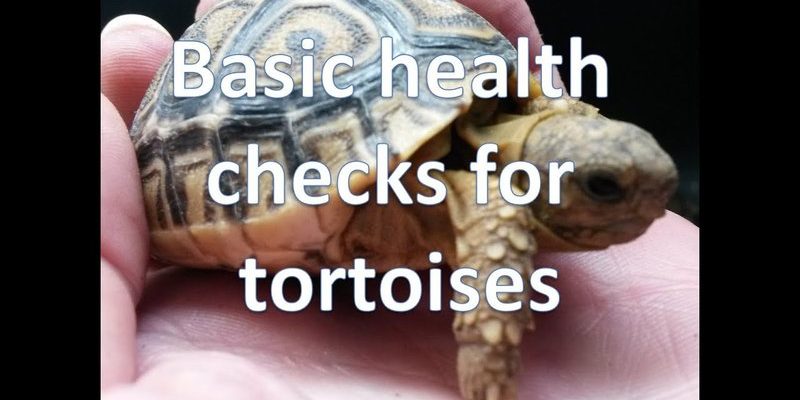
Leopard tortoises are native to the grasslands of Africa, where they roam and graze on a variety of plants. In captivity, simulating their natural environment is key to keeping them happy and healthy. Let’s dive into how you can ensure your tortoise leads a long, healthy life while avoiding the pitfalls many new owners encounter.
Understanding Leopard Tortoise Needs
To start, it’s good to understand what makes leopard tortoises tick. These creatures are herbivores, which means their diet primarily consists of leafy greens, flowers, and other vegetation. You might think of them as little lawn mowers. If you want to keep your tortoise healthy, you need to provide a diet rich in calcium and fiber. Leafy greens like collard greens, dandelion greens, and mustard greens are excellent choices.
Using a variety of foods helps mimic their natural diet and keeps them interested in eating. Avoid feeding them high-protein foods or fruits, as these can lead to health issues like shell deformities or obesity. By focusing on a balanced diet, you’re laying the foundation for a healthy tortoise.
Creating the Right Habitat
Next, let’s talk about the environment. Leopard tortoises thrive in spacious habitats that allow them to roam and explore. You’ll want to provide a large enclosure—at least 4 feet by 6 feet for adults—and ensure it has proper ventilation and humidity. If they feel cramped, it can lead to stress and health problems.
A mix of sunny and shaded areas within their home is vital. Tortoises love to bask, so having a spot under a heat lamp that mimics the sun is crucial. The temperature should ideally be around 80°F to 90°F during the day, with a cooler area to retreat to. You might even consider adding a small water dish for them to soak in, as this helps with hydration and shell health.
Common Health Issues in Leopard Tortoises
Like any pet, leopard tortoises can face health challenges. One of the most common issues is shell rot, which is often caused by poor humidity levels or dirty habitats. Shell rot can lead to serious infections if not addressed quickly. Regular cleaning of their enclosure and monitoring humidity levels can prevent this nasty problem.
Another frequent issue is respiratory infections. If your tortoise has trouble breathing or shows signs of lethargy, it could be a sign of an underlying respiratory condition. Keep an eye out for wheezing sounds or nasal discharge—these can indicate problems. If you notice any of these symptoms, don’t hesitate to consult a vet who specializes in reptiles.
The Importance of Regular Vet Check-ups
Scheduling regular vet check-ups can be a game-changer for your tortoise’s health. Just like how we go for annual check-ups to catch issues early, your tortoise should also see a vet at least once a year. During these visits, the vet can perform routine health checks, address any concerns, and keep vaccinations up to date.
You might be wondering how you can find a qualified vet. Look for veterinarians who specialize in reptiles or exotic pets. They’ll have the experience to provide the best care for your leopard tortoise. Remember, early intervention is key when it comes to health issues.
Hydration: A Key to Health
Hydration is often overlooked but is vital for the overall health of your tortoise. Many new owners might not realize that tortoises can easily become dehydrated, especially in warmer climates. Providing clean, fresh water daily is essential. You can use shallow dishes or even small soaking tubs where they can soak themselves for hydration.
Soaking not only helps with hydration but can also aid in maintaining shell health. If you notice your tortoise isn’t drinking enough, consider adjusting their diet slightly to include more hydrating foods like leafy greens. Staying aware of their hydration needs is a simple way to promote their overall well-being.
Preventing Parasites
Lastly, let’s discuss the pesky issue of parasites. Leopard tortoises can be prone to internal and external parasites, especially if they’re not kept in a clean environment. Regular cleaning of their habitat and monitoring their diet can help minimize this risk.
You might want to take a stool sample to the vet periodically to check for any signs of parasites. If your tortoise seems lethargic, is losing weight, or has abnormal stool, these could be signs of a parasitic infection. Early recognition can lead to prompt treatment, keeping your shell-clad friend healthy.
Wrapping Up: Keeping Your Leopard Tortoise Happy
In conclusion, keeping a leopard tortoise healthy isn’t just about feeding them; it’s about fostering an environment that mimics their natural habitat and addressing their unique needs. By understanding their dietary requirements, providing a proper habitat, keeping up with regular vet check-ups, ensuring hydration, and preventing parasites, you set the stage for a healthy, thriving tortoise.
Remember, these gentle creatures can live for over 50 years with the right care. So, while the journey might seem daunting, with a little effort and attention, you can enjoy a long, happy life together with your leopard tortoise. It’s all about learning and adapting along the way!

